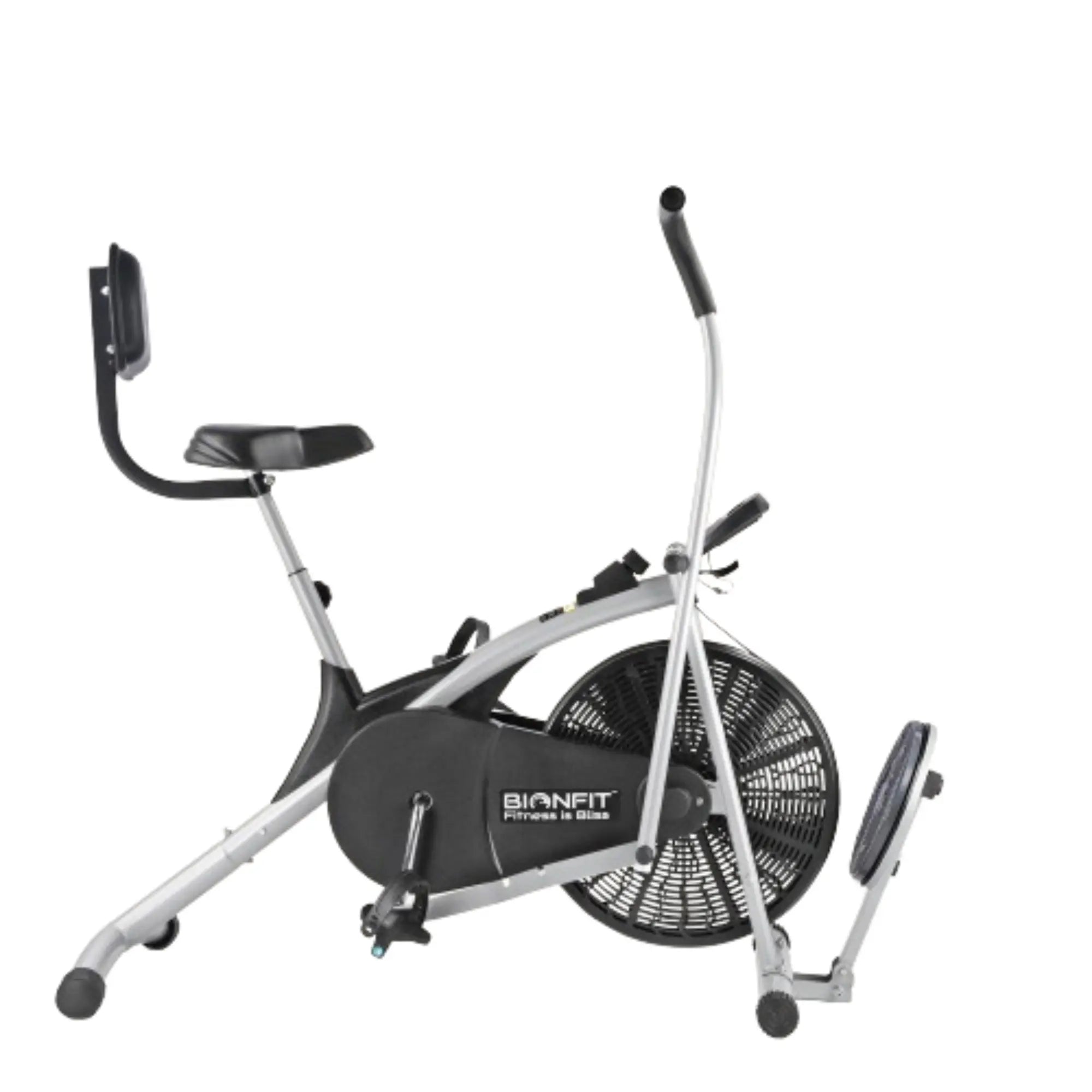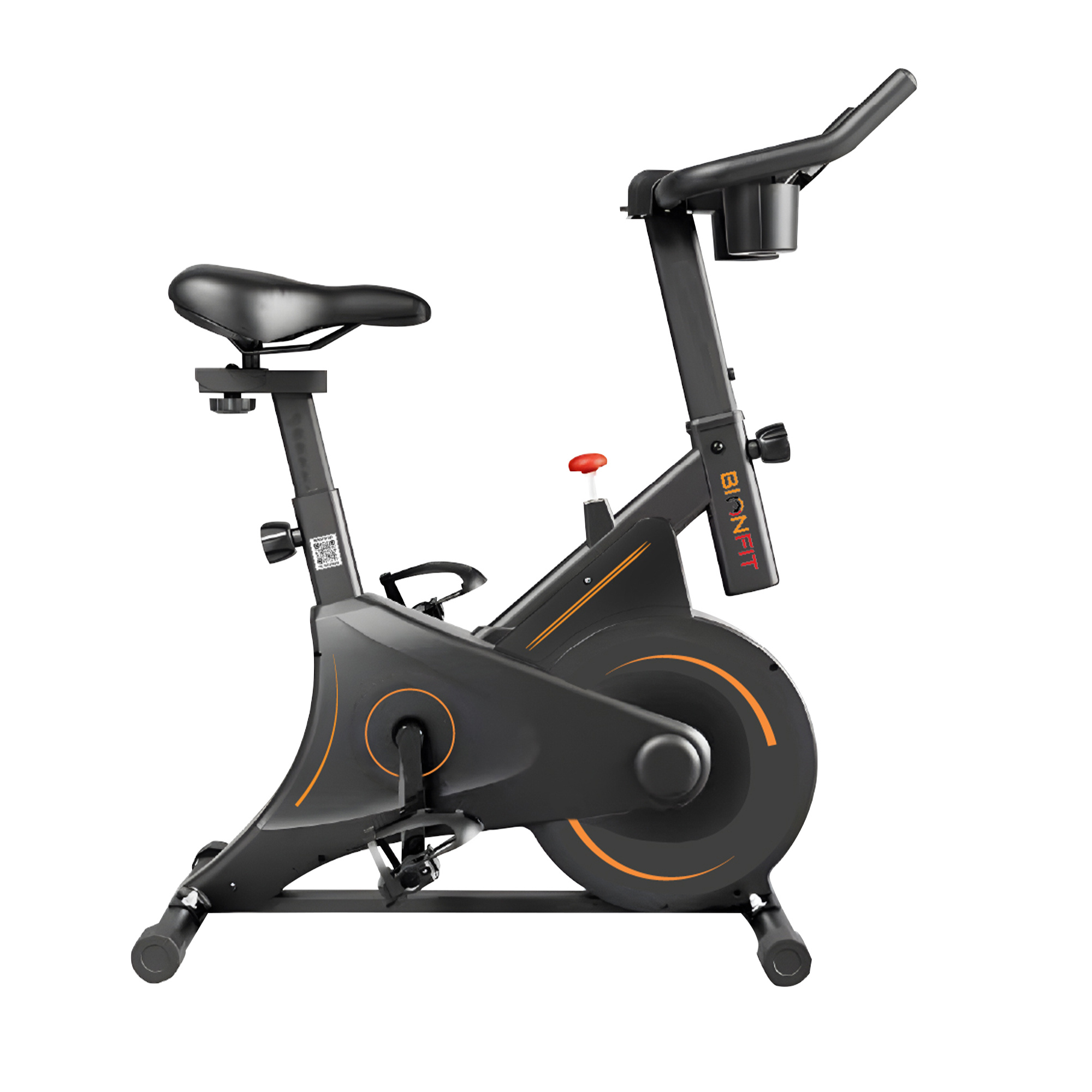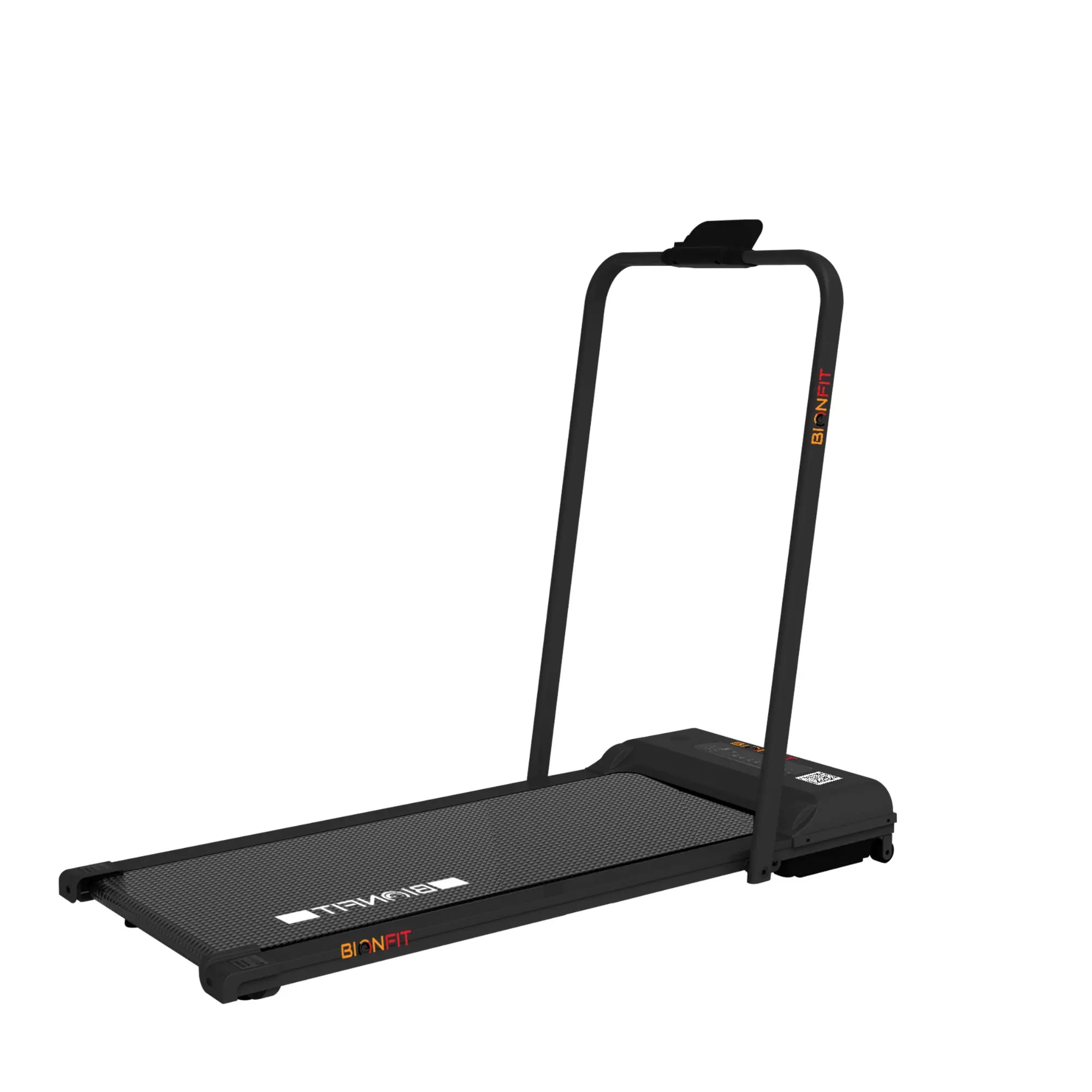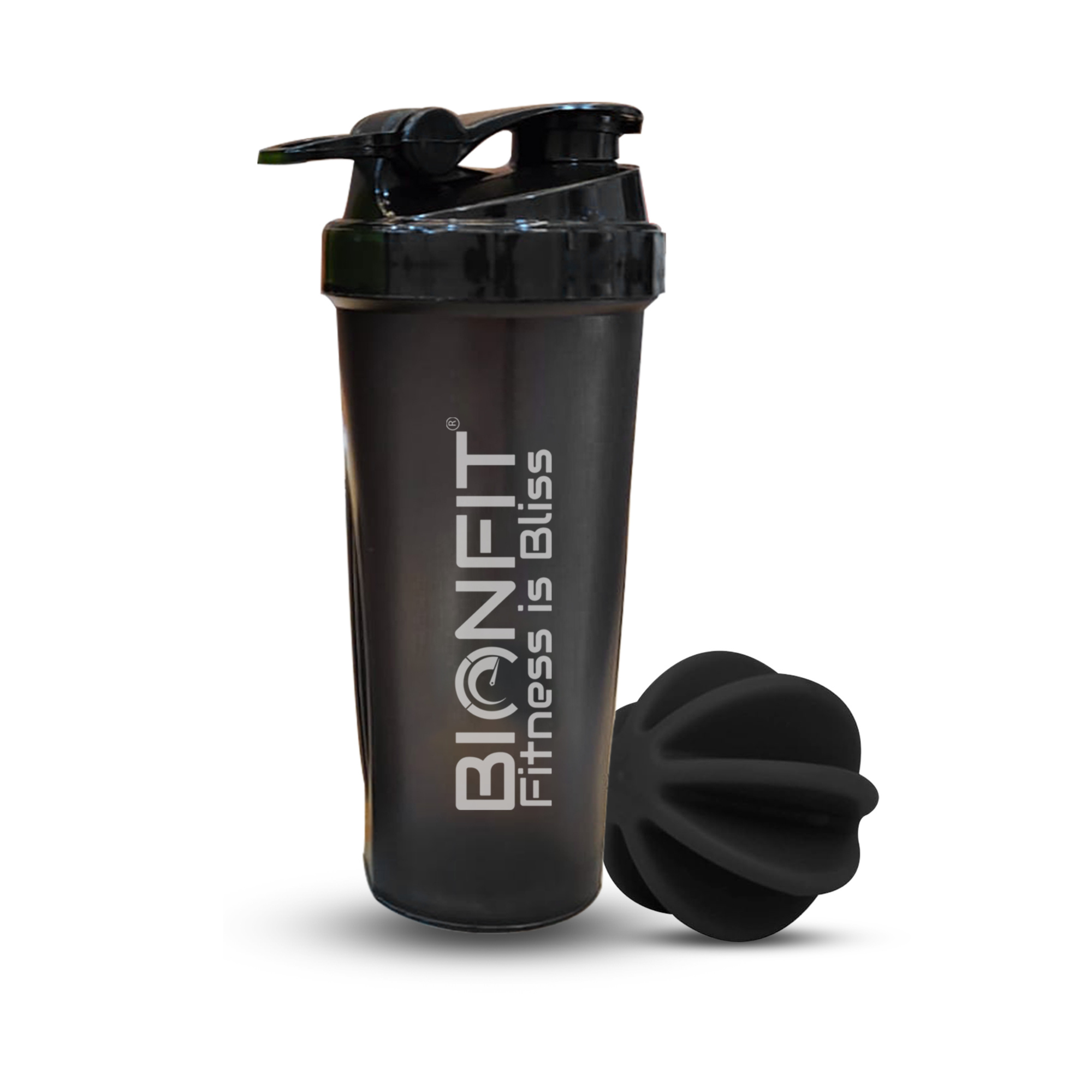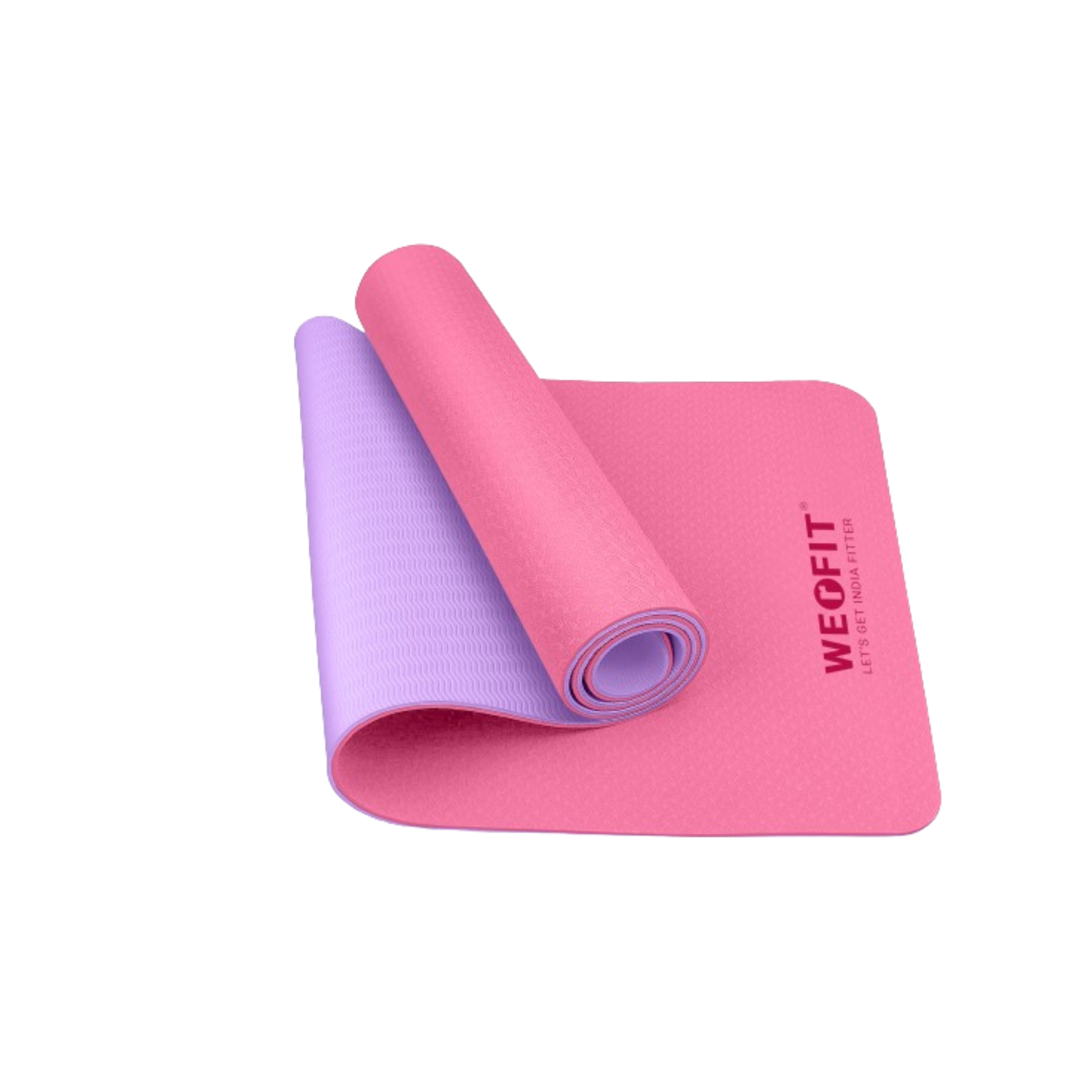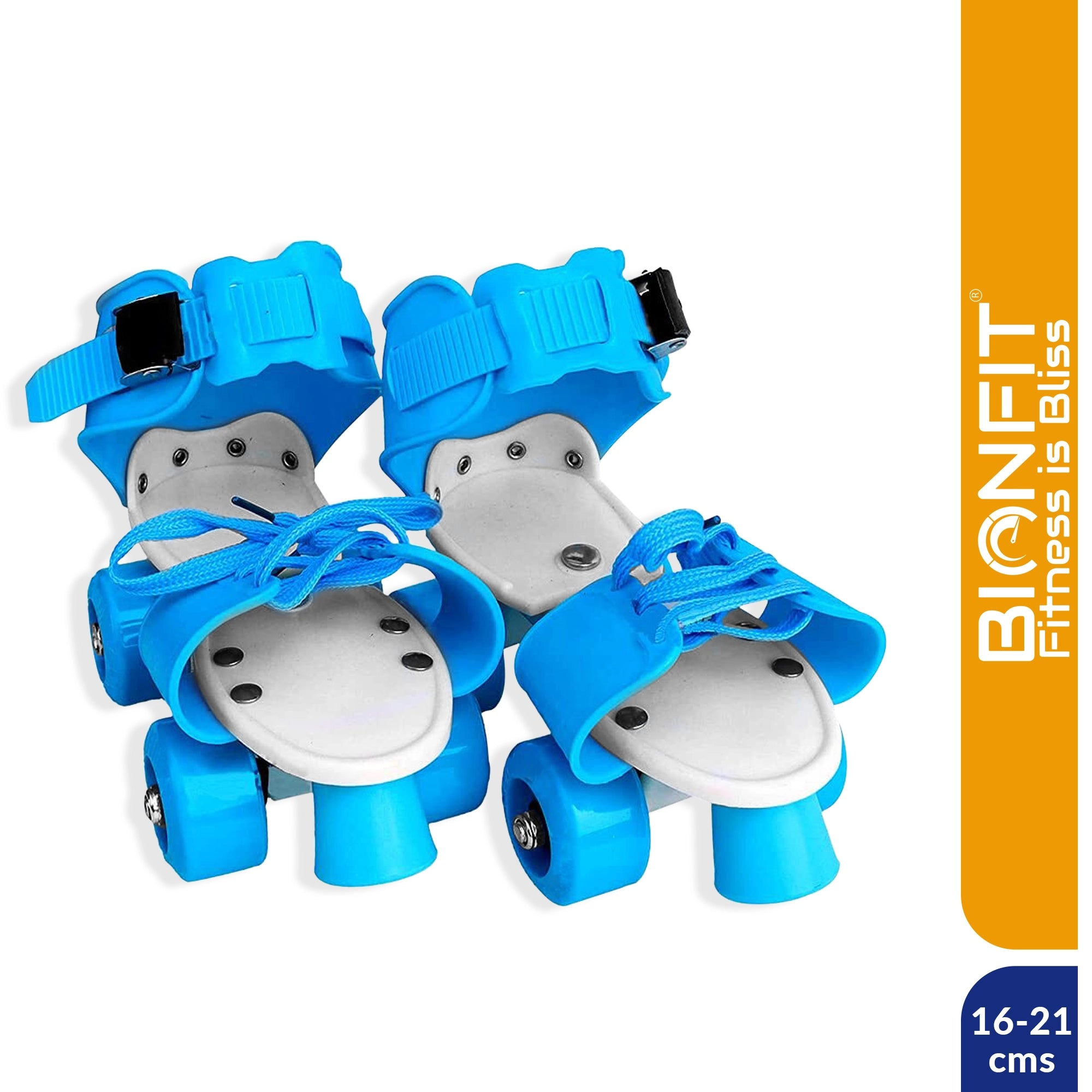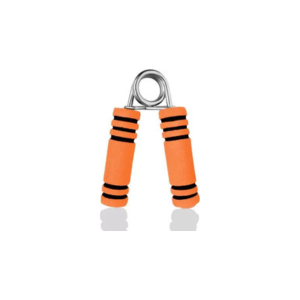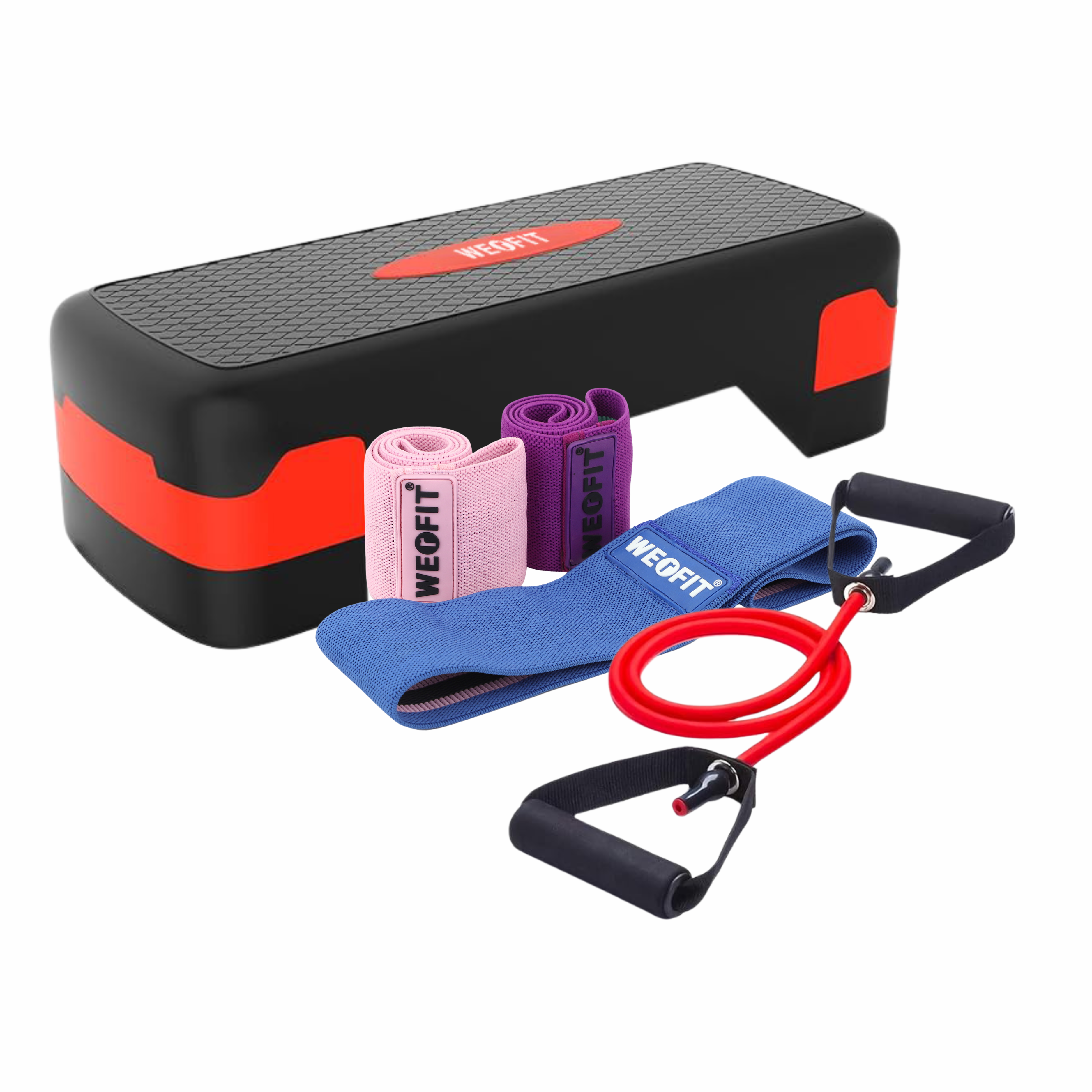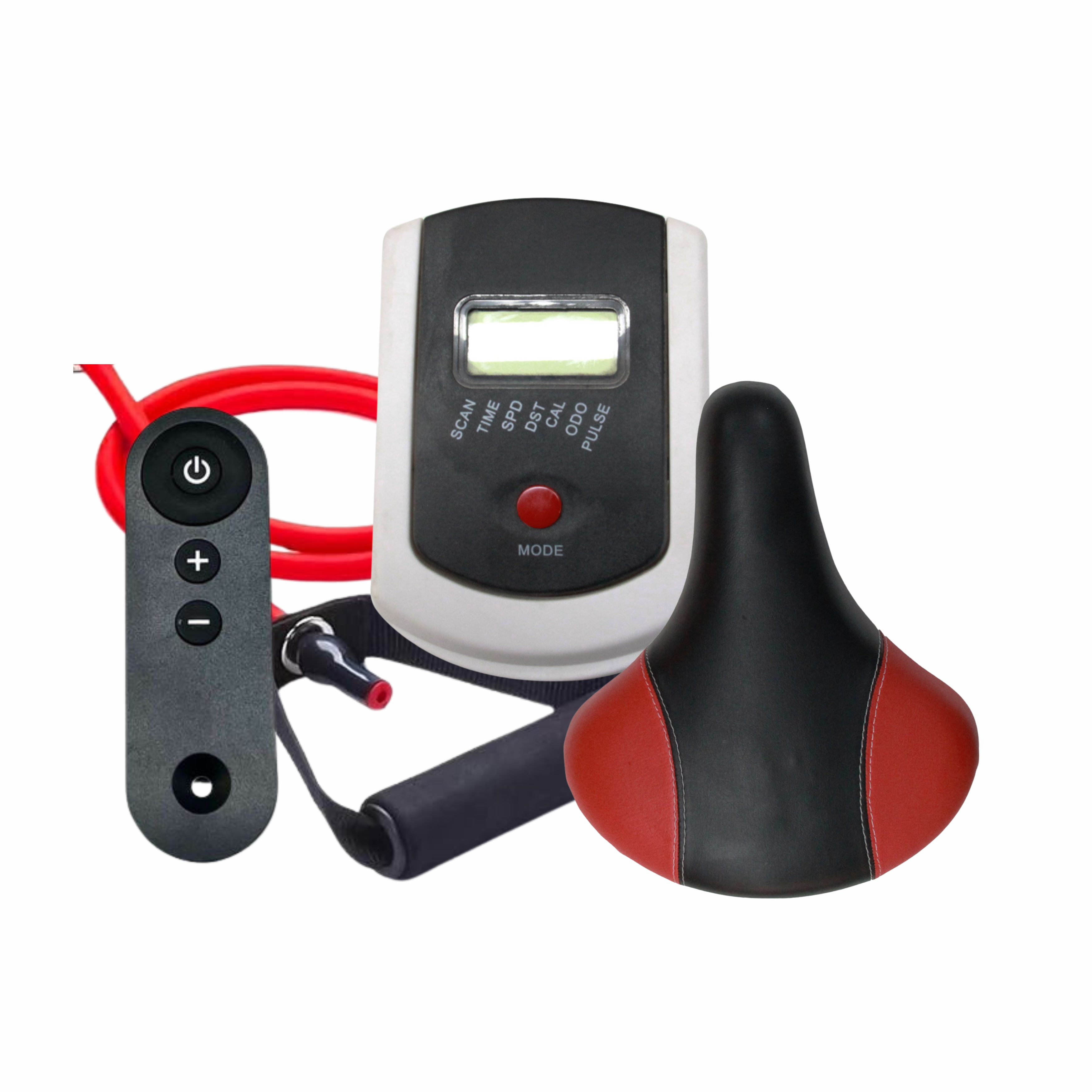
Step-by-Step Guide to Setting Up a Home Gym with an Air Bike
Setting up a home gym is an exciting way to commit to your fitness journey without the need for a gym membership or commute. One of the best investments you can make for your home gym is an air bike, an ideal piece of equipment for high-intensity interval training (HIIT), endurance workouts, and full-body conditioning.
In this guide, we’ll walk you through the process of setting up a home gym featuring an air bike, along with tips on maximizing your space and creating an effective workout environment.
Why Choose an Air Bike for Your Home Gym?
An air bike provides numerous benefits, including:
- Full-body workout: Air bikes engage both your upper and lower body simultaneously.
- Variable resistance: The harder you pedal, the more resistance you create, making it perfect for different fitness levels.
- Low maintenance: Air bikes are durable and typically require less maintenance than other cardio machines like treadmills.
- Compact size: Many air bikes are space-efficient, making them ideal for home gyms with limited room.
Step 1: Choosing the Right Air Bike
Before you start setting up your home gym, the first step is selecting the best air bike for home gym use. Here are some factors to consider:
- Size of the bike: Measure your available space and compare it with the bike’s dimensions.
- Comfort and adjustability: Ensure the bike has an adjustable seat and handlebars to suit your body type.
- Weight capacity: Look for a bike with a sturdy frame that can support your weight and handle intense sessions.
- Features: Some air bikes come with advanced displays, Bluetooth connectivity, and heart rate monitors. Consider what features are important for tracking your progress.
Product Recommendation: Check out this air bike which meets the ideal criteria for home gyms. (Insert URL of product reference)
Step 2: Finding the Right Space for Your Home Gym
Now that you’ve chosen your air bike, it's time to set up your home gym. Follow these tips to find the best location:
- Space considerations: Ensure you have at least a 6’ x 6’ area for your air bike. You'll need space for movement and ventilation.
- Flooring: Protect your floor by using rubber gym mats. These mats help absorb impact and protect against scratches.
- Ventilation and lighting: Choose a well-ventilated area with plenty of natural light. A cool, well-lit environment will help keep you motivated.
Step 3: Setting Up Additional Equipment
While an air bike is a versatile piece of equipment, adding a few complementary items can enhance your home gym setup. Consider the following:
- Dumbbells or kettlebells: Great for strength training and adding variety to your workouts.
- Resistance bands: These take up minimal space and can be used for mobility exercises and additional strength training.
- A yoga mat: Perfect for stretching, bodyweight exercises, and cool-down routines.
Step 4: Organizing Your Home Gym
Organization is key to making your home gym both functional and motivating. Here are some tips to keep it clutter-free:
- Wall-mounted storage: Use wall hooks or shelving for storing resistance bands, towels, and water bottles.
- Weight racks: Invest in a small dumbbell rack to keep your weights organized and off the floor.
- Mirrors: Install a mirror on one wall to check your form during exercises and create a sense of space.
Step 5: Creating a Workout Routine
Once your home gym is set up, it’s time to create a workout plan that suits your fitness goals. Here’s how you can incorporate the air bike into different types of workouts:
- HIIT training: Use the air bike for short bursts of high-intensity exercise followed by rest periods. A 20-minute HIIT session on the air bike can boost cardiovascular health and burn fat.
- Steady-state cardio: Pedal at a moderate pace for 30-45 minutes to build endurance.
- Strength and conditioning: Alternate between 5-minute air bike sprints and strength exercises like squats, push-ups, and kettlebell swings.
FAQs: Setting Up a Home Gym with an Air Bike
1. What makes an air bike different from other exercise bikes?
An air bike uses fan resistance, meaning the harder you pedal, the more resistance you generate. This dynamic resistance makes it suitable for both beginners and advanced athletes. Additionally, air bikes work both the upper and lower body, unlike traditional stationary bikes that focus primarily on the legs.
2. How much space do I need for an air bike in my home gym?
Most air bikes require about 6’ x 6’ of space, though the exact dimensions can vary. Make sure to check the specifications of the model you choose and leave extra room for movement and ventilation.
3. Can I lose weight using an air bike?
Yes! Air bikes are excellent for burning calories and fat due to their high-intensity potential. Incorporating interval training (HIIT) on an air bike can significantly aid in weight loss.
4. Do I need other equipment besides an air bike for a home gym?
While an air bike alone can provide a great workout, adding simple equipment like dumbbells, resistance bands, or a yoga mat can offer more variety and balance to your fitness routine.
5. How do I maintain my air bike?
Air bikes are relatively low-maintenance. Regularly check the bolts and screws to ensure everything is secure. Wipe down the bike after use to prevent sweat from causing rust or damage.
Conclusion
Setting up a home gym with an air bike is a great investment in your health and fitness. With its full-body workout capabilities and space-saving design, an air bike can serve as the cornerstone of your home workout routine. By following the steps above, you'll be well on your way to building an efficient, organized, and motivating fitness space right at home.
Follow us for more updates.

